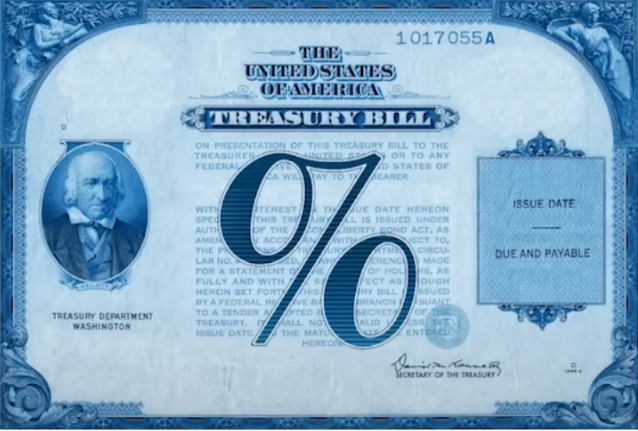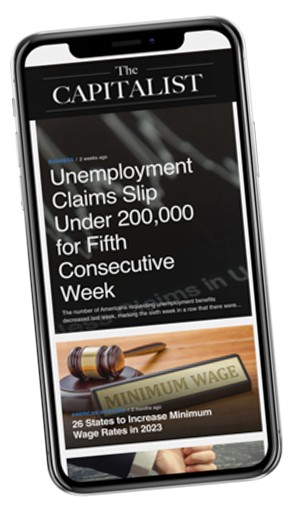News
Scott Bessent: Trump Administration Shifts Focus from Fed Cuts to Treasury Yields

Source: YouTube
In a shift from his first term, President Donald Trump is no longer pressuring the Federal Reserve to cut rates. Instead, his administration is zeroing in on keeping Treasury yields low, particularly the 10-year Treasury yield, according to Treasury Secretary Scott Bessent.
Focusing on Treasury Yields Over Fed Rates
Bessent’s comments mark a significant departure from Trump’s earlier strategy, where he frequently criticized the Fed for not lowering interest rates. This time around, the administration is using fiscal policies, including tax reforms, deregulation, and energy cost reductions, to influence Treasury yields indirectly.
“The president wants lower rates, but he’s focused on the 10-year Treasury yield rather than pushing the Fed,” Bessent said in an interview with Fox Business. He added that efforts like making the Tax Cuts and Jobs Act permanent, cutting government spending, and promoting energy exploration will help keep yields low.
Why the Shift from Rate Cuts to Treasury Yields Matters to Investors
For investors, the focus on Treasury yields has immediate and long-term implications. The 10-year Treasury yield directly impacts mortgage rates, credit card interest rates, and other long-term loans. Keeping these yields low can stimulate borrowing and spending, potentially boosting the broader economy.
However, the bond market isn’t entirely convinced. Despite fiscal efforts, factors like inflation expectations and trade policies could push yields higher. Analysts warn that Trump's trade policies, particularly his tariff threats, might create inflationary pressures that could counteract efforts to lower yields.
Market Reactions and Skepticism
While the 10-year yield has dropped slightly since Trump took office, it remains sensitive to broader economic forces. The yield was last seen at 4.43%, down from a mid-January peak of 4.8%. But market experts like Mark Malek, Chief Investment Officer at Siebert, argue that the government has limited control over Treasury yields.
“The market ultimately controls the 10-year yield,” Malek noted. “Factors like expected inflation from trade friction and rising government debt could still drive yields up.”
Bessent remains optimistic, suggesting that reducing government spending and boosting efficiency will create a favorable interest rate cycle. Yet, the Congressional Budget Office estimates that renewing Trump's tax cuts could increase deficits by over $4 trillion in the next decade, potentially putting upward pressure on yields.
Long-Term Implications for Investors
In the short term, investors might benefit from lower Treasury yields through reduced borrowing costs and a more favorable environment for equities. However, if inflation rises or deficits widen significantly, yields could climb, impacting bond markets and interest-sensitive sectors like housing.
The administration’s approach also reaffirms the independence of the Federal Reserve, a move that could stabilize markets by reducing political interference in monetary policy decisions. However, the long-term success of this strategy hinges on balancing fiscal discipline with economic growth.
What Does This Mean for Your Portfolio?
As the Trump administration pivots from Fed-focused strategies to managing Treasury yields, investors need to stay alert. The interplay between fiscal policy, trade dynamics, and market forces will shape yield movements, influencing everything from mortgage rates to stock valuations.
How do you think the Trump administration's focus on Treasury yields will impact your investments?



